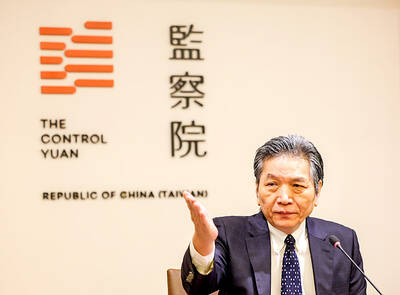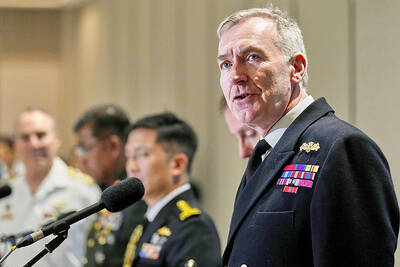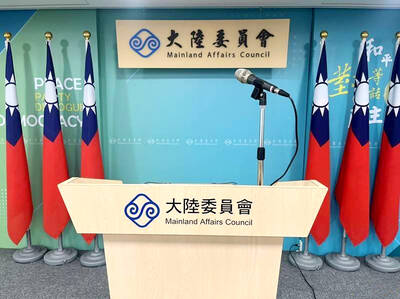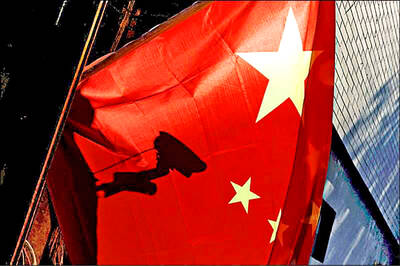An ambitious effort to build an instant supercomputer by faculty, students and volunteers at the University of San Francisco fell short on Saturday when a handful of balky PCs frustrated the team's effort to harness 700 computers in the school gymnasium.
The idea had been to build a "flash mob supercomputer" powerful enough to be ranked as one of the 500 fastest computers in the world. In February, the university group put out a call for volunteers willing to contribute laptop and desktop PCs to the daylong effort.
On Saturday, however, even with meticulous planning and two portable generators capable of delivering 225 kilowatts of power, the organizers could do no better than a partial result -- 180 billion mathematical operations a second -- in solving a complex set of algebraic equations.
The world record is held by a Japanese supercomputer that has achieved performance above 35 trillion mathematical operations a second. The scientists said they thought they would need to reach more than 500 billion operations a second to gain a place on the list of the top 500.
Yet, despite missing their speed goal, the organizers of the event, called Flashmob 1, insisted that they had achieved a milestone in their quest to make the power of the fastest computers available beyond the walls of giant corporations and military laboratories.
"If we had twice as many machines and another two days, I think we would have been successful," said Gregory Benson, an associate computer science professor at the university, who helped conceive of the idea with a graduate student, John Witchel.
On Saturday, the Koret gymnasium was outfitted with tables stacked with neatly lined PCs and laptops interconnected by cables running to four large concentrator cabinets.
The crowd of computer nerds and hackers drawn for the day drew a striking contrast to the gym's usual Saturday morning contingent of swimmers, basketball players and weight lifters.
The plan was to load each of the machines with software from a CD-ROM that would make it possible for all of the computers to take part in a single large set of calculations, known as the Linpack benchmark.
Because of the design of the system, however, all of the machines were required to function continuously for several hours to complete the test.
The resulting machine was intended to be similar to so-called massively parallel supercomputers that are used by scientific laboratories.
Unfortunately, a successful speed run kept eluding the group during the day as some of volunteered computers proved unreliable.
The lack of a benchmark did nothing to deter the enthusiasm of the more than 600 people who gathered to watch.
The event drew several computer industry luminaries, including Gene Amdahl, hardware designer of the first IBM mainframe computer, and Gordon Bell, the designer of several early Digital Equipment Corp minicomputers.

‘ABUSE OF POWER’: Lee Chun-yi allegedly used a Control Yuan vehicle to transport his dog to a pet grooming salon and take his wife to restaurants, media reports said Control Yuan Secretary-General Lee Chun-yi (李俊俋) resigned on Sunday night, admitting that he had misused a government vehicle, as reported by the media. Control Yuan Vice President Lee Hung-chun (李鴻鈞) yesterday apologized to the public over the issue. The watchdog body would follow up on similar accusations made by the Chinese Nationalist Party (KMT) and would investigate the alleged misuse of government vehicles by three other Control Yuan members: Su Li-chiung (蘇麗瓊), Lin Yu-jung (林郁容) and Wang Jung-chang (王榮璋), Lee Hung-chun said. Lee Chun-yi in a statement apologized for using a Control Yuan vehicle to transport his dog to a

INDO-PACIFIC REGION: Royal Navy ships exercise the right of freedom of navigation, including in the Taiwan Strait and South China Sea, the UK’s Tony Radakin told a summit Freedom of navigation in the Indo-Pacific region is as important as it is in the English Channel, British Chief of the Defence Staff Admiral Tony Radakin said at a summit in Singapore on Saturday. The remark came as the British Royal Navy’s flagship aircraft carrier, the HMS Prince of Wales, is on an eight-month deployment to the Indo-Pacific region as head of an international carrier strike group. “Upholding the UN Convention on the Law of the Sea, and with it, the principles of the freedom of navigation, in this part of the world matters to us just as it matters in the

BEIJING’S ‘PAWN’: ‘We, as Chinese, should never forget our roots, history, culture,’ Want Want Holdings general manager Tsai Wang-ting said at a summit in China The Mainland Affairs Council (MAC) yesterday condemned Want Want China Times Media Group (旺旺中時媒體集團) for making comments at the Cross-Strait Chinese Culture Summit that it said have damaged Taiwan’s sovereignty, adding that it would investigate if the group had colluded with China in the matter and contravened cross-strait regulations. The council issued a statement after Want Want Holdings (旺旺集團有限公司) general manager Tsai Wang-ting (蔡旺庭), the third son of the group’s founder, Tsai Eng-meng (蔡衍明), said at the summit last week that the group originated in “Chinese Taiwan,” and has developed and prospered in “the motherland.” “We, as Chinese, should never

The High Court yesterday found a New Taipei City woman guilty of charges related to helping Beijing secure surrender agreements from military service members. Lee Huei-hsin (李慧馨) was sentenced to six years and eight months in prison for breaching the National Security Act (國家安全法), making illegal compacts with government employees and bribery, the court said. The verdict is final. Lee, the manager of a temple in the city’s Lujhou District (蘆洲), was accused of arranging for eight service members to make surrender pledges to the Chinese People’s Liberation Army in exchange for money, the court said. The pledges, which required them to provide identification